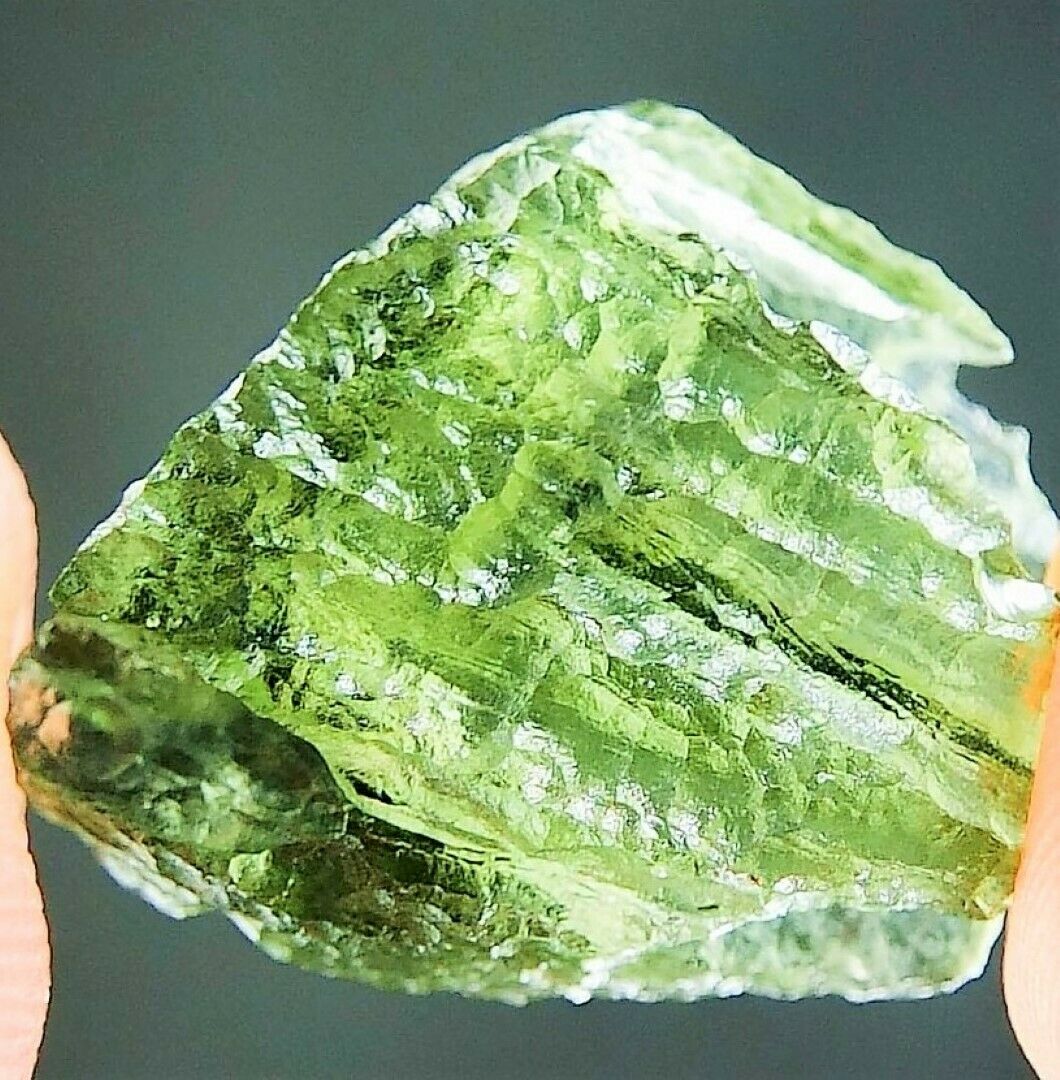-40%
Meteorite**NWA OC Unclassified**74.43 Grams, Gorgeous Individual W/Thumbprint!
$ 21.11
- Description
- Size Guide
Description
Hello up for sale is a beautiful unclassified NWA Meteorite recently found in Morocco. This beautiful meteorite weighs 74.43 Grams and is covered with exceptional features fusion crust, regmaglypts, and a excellent shape. This meteorite was found recently in Morocco 2020. Thanks for your interest, comes with COA card from “Streaming Meteorites”.Britannica says:
Chondrite, in general, any stony meteorite characterized by the presence of chondrules. The only meteorites classified as chondrites that do not contain chondrules are the CI group. These meteorites are so heavily altered by water that it is unclear whether they once contained chondrules. All other aspects of these objects, however, indicate that they belong with the chondrites. Chondrules are roughly spherical inclusions, typically hundreds of micrometres to a few millimetres in size. They are made up of silicates, metal, and sulfide, and they appear to have formed as molten droplets at high temperatures in the early solar nebula. The chondrules are set in a fine-grained matrix that binds them together. Chondrites are divided into three main classes based on their bulk chemical compositions, oxygen isotopic compositions, and petrology. These are carbonaceous chondrites, ordinary chondrites, and enstatite chondrites.
Chondrites are the most abundant meteorite class, constituting more than 85 percent of meteorite falls. Like most meteorites, chondrites originated in the asteroid belt where collisions and gravitational perturbations put them into Earth-crossing orbits. (Ordinary chondrites, in particular, are from S-class asteroids.) Chondrites formed about 4.56 billion years ago as part of the formation of their parent asteroids. They are chemically quite similar to one another and, apart from the most volatile elements (e.g., hydrogen and helium), to the Sun. Since most of the mass of the solar system is in the Sun, the initial composition of the solar system would have been similar to the Sun’s composition. The great age of the chondrites, their primitive chemistry, and the relatively unmodified state of their constituents all suggest that these meteorites retain a record of processes that happened in the solar nebula before and during the phase of planet formation. Nevertheless, the meaning of this record remains to be fully deciphered. The chondrites also contain material, including organic matter and tiny grains that formed around dying stars, that predates the formation of the solar system.




















